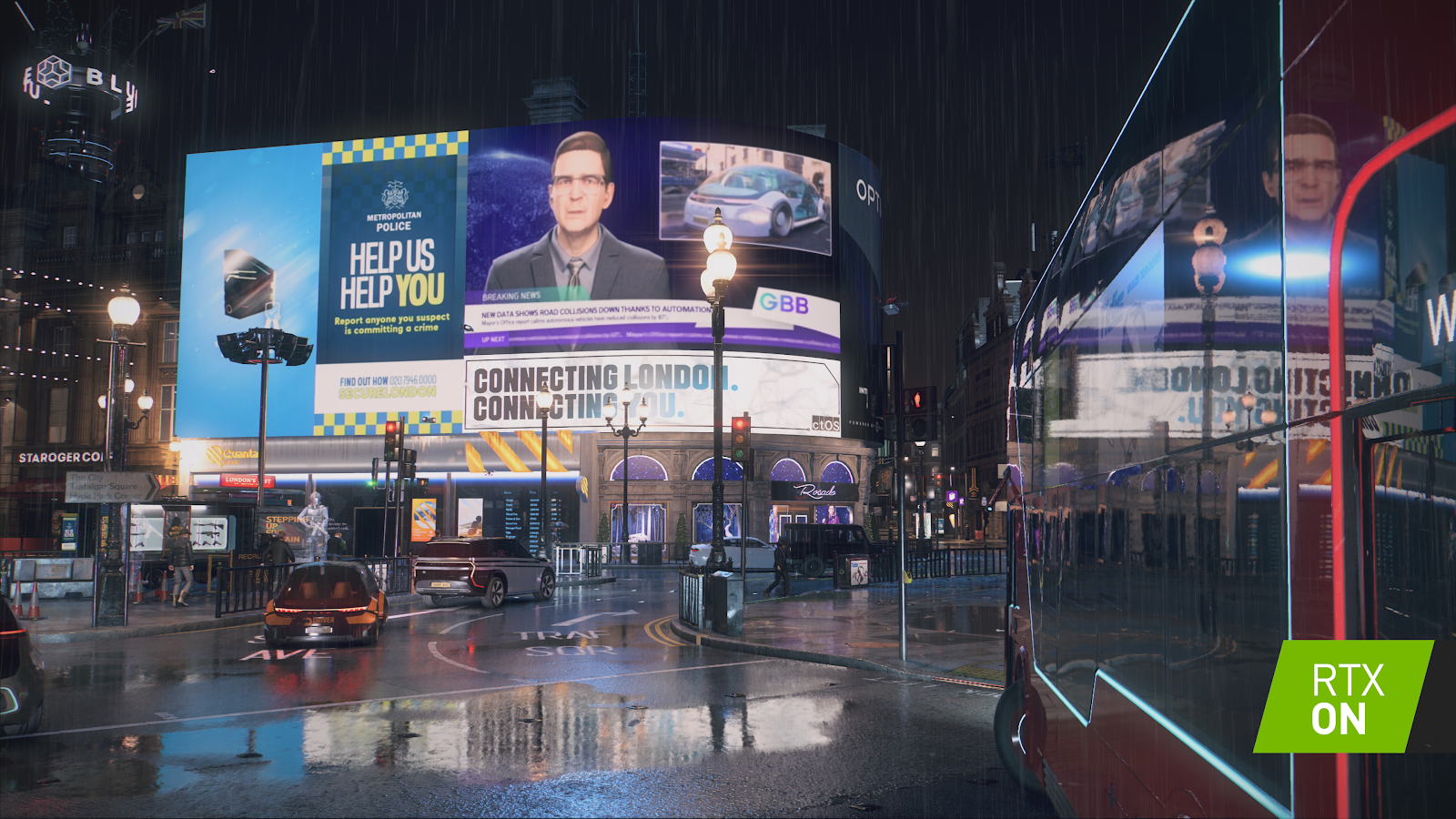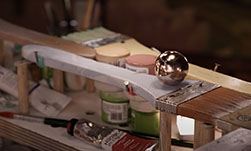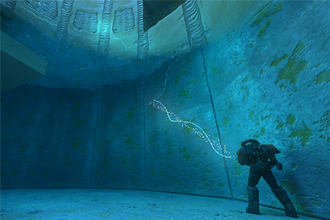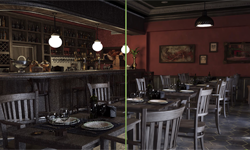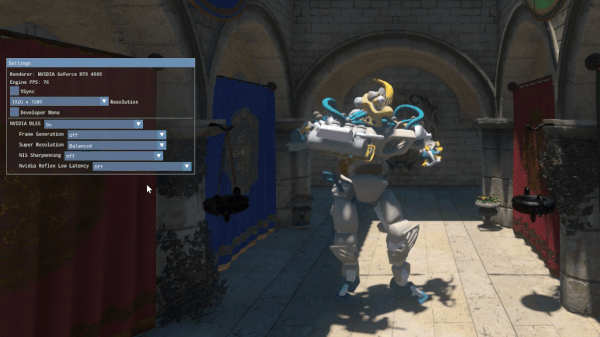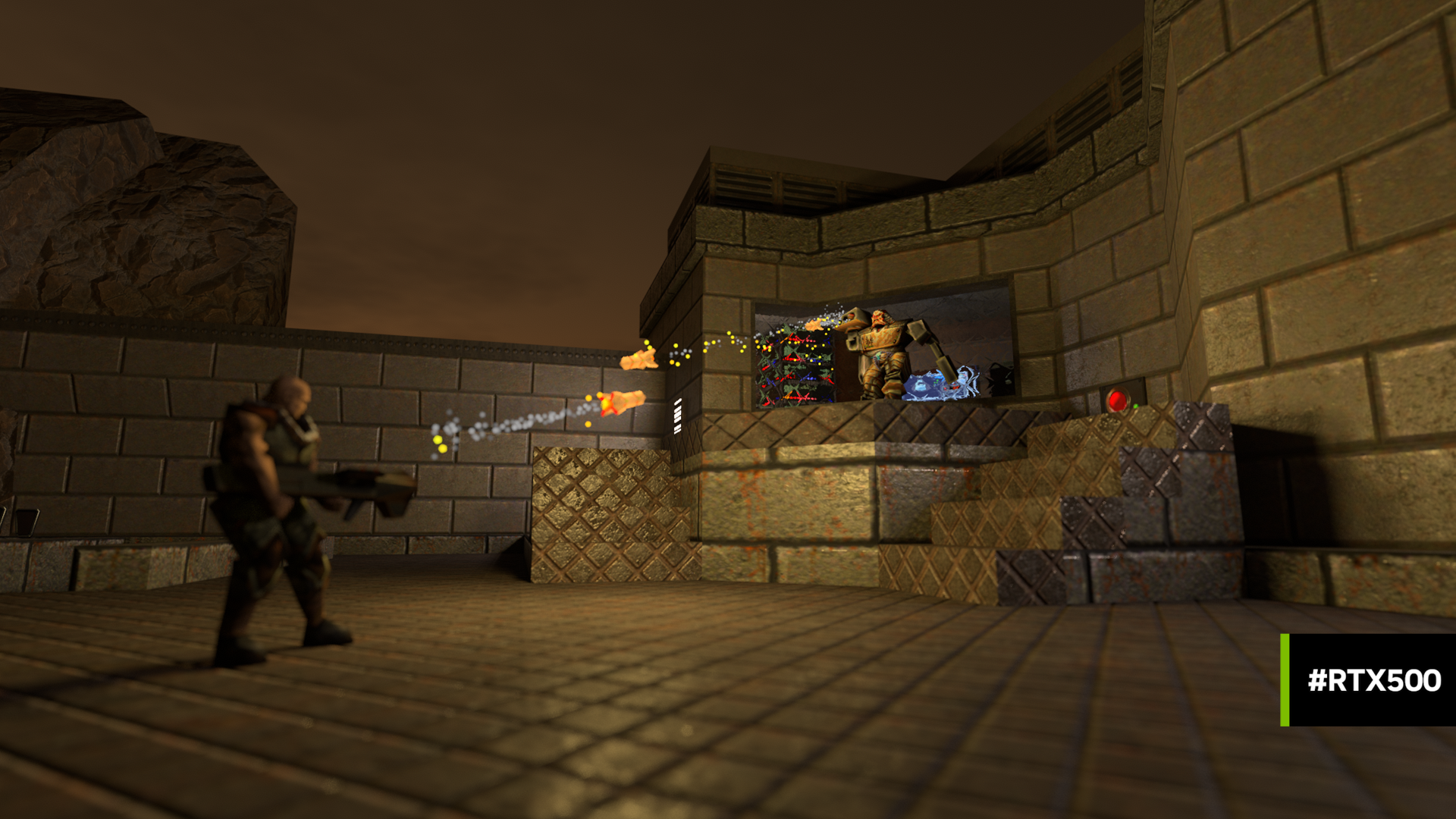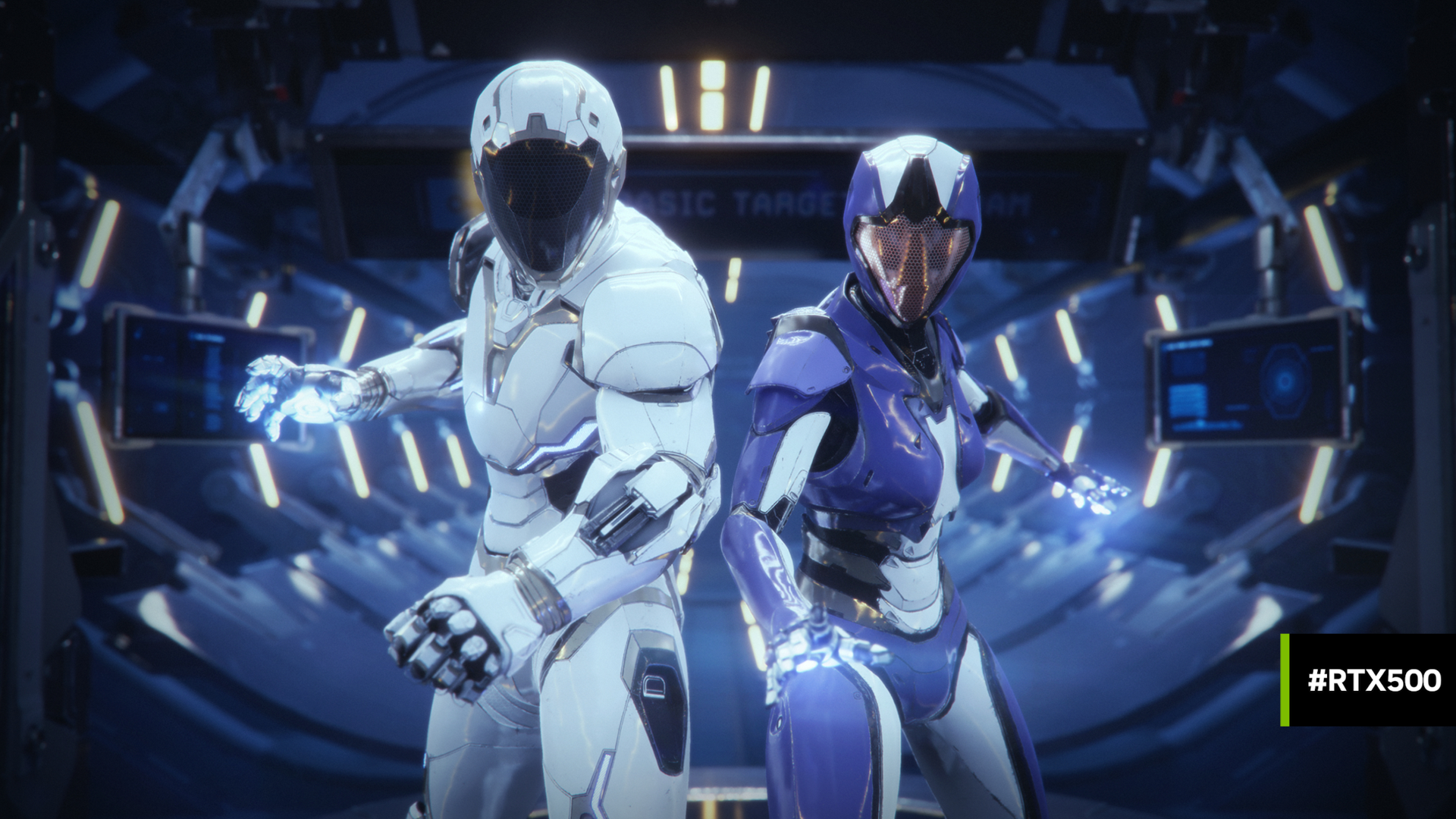Real-time ray tracing is more performant than ever with the release of NVIDIA Real-Time Denoiser (NRD). Available today, NRD is a spatio-temporal API agnostic denoising library that’s designed to work with low rpp (ray per pixel) signals, and is the only denoiser variable that works with 0.5 or 1 ray per pixel. It uses input signals and environmental conditions to deliver results comparable to ground truth images.
NRD Raising the Bar in Ubisoft’s Watch Dogs: Legion
NRD was used in the production of Ubisoft’s Watch Dogs: Legion, just released on PC. “Every developer adding ray tracing to their game needs a denoiser that runs fast and generates an excellent image,” said Zurab Abelashvili, 3D Programmer, Ubisoft Kyiv. “We’ve been really pleased with NVIDIA’s solution; it allows us to make the very best of our ray budget, delivering exceptional quality without compromising performance.”
The video below shows the raw values returned by the stochastic rays reflecting on physically-based materials. Compare this to the virtually noise-free output from NRD, along with the integration into the final game lighting : You can see the heavy lifting NRD does in real-time to resolve image noise.
50% Performance Over SVGF
NVIDIA’S prior denoising solution for real-time ray tracing – SVGF (Spatiotemporal Variance-Guided Filtering) – was introduced in 2017, and is the foundation for several proprietary denoisers being used today. NRD offers better image quality than SVGF, both when stationary and when the camera is moving. Lighting and shadows in NRD are softer and more realistic, and overall performance is increased by roughly 50% (+48.2% for 1080p, +49% for 1440p, and +51.3% for 4K vs the original SVGF implementation).
NRD supports denoising of three signal types:
- Diffuse: Scattered lighting reflected in all directions (with some exceptions can be called “view independent”, prevails on dielectric materials). The algorithm uses hit distance to guide the denoising process. This allows developers to denoise ambient occlusion together with diffuse radiance for free.
- Specular or Reflections: Lighting reflected in a particular direction or cone (view dependent, prevails on metals). The algorithm uses hit distance to guide the denoising process, it allows to denoise specular occlusion together with specular radiance for free.
- Infinite Light Source Shadows: Sun or any other infinite light source visibility information (shadow).

Faster, More Robust, Easy to Use
- Fast ray tracing denoising solution
- Designed to work with 0.5 or 1 ray per pixel
- Integrate easily with DX11, DX12, and Vulkan APIs.
- Full source code available
